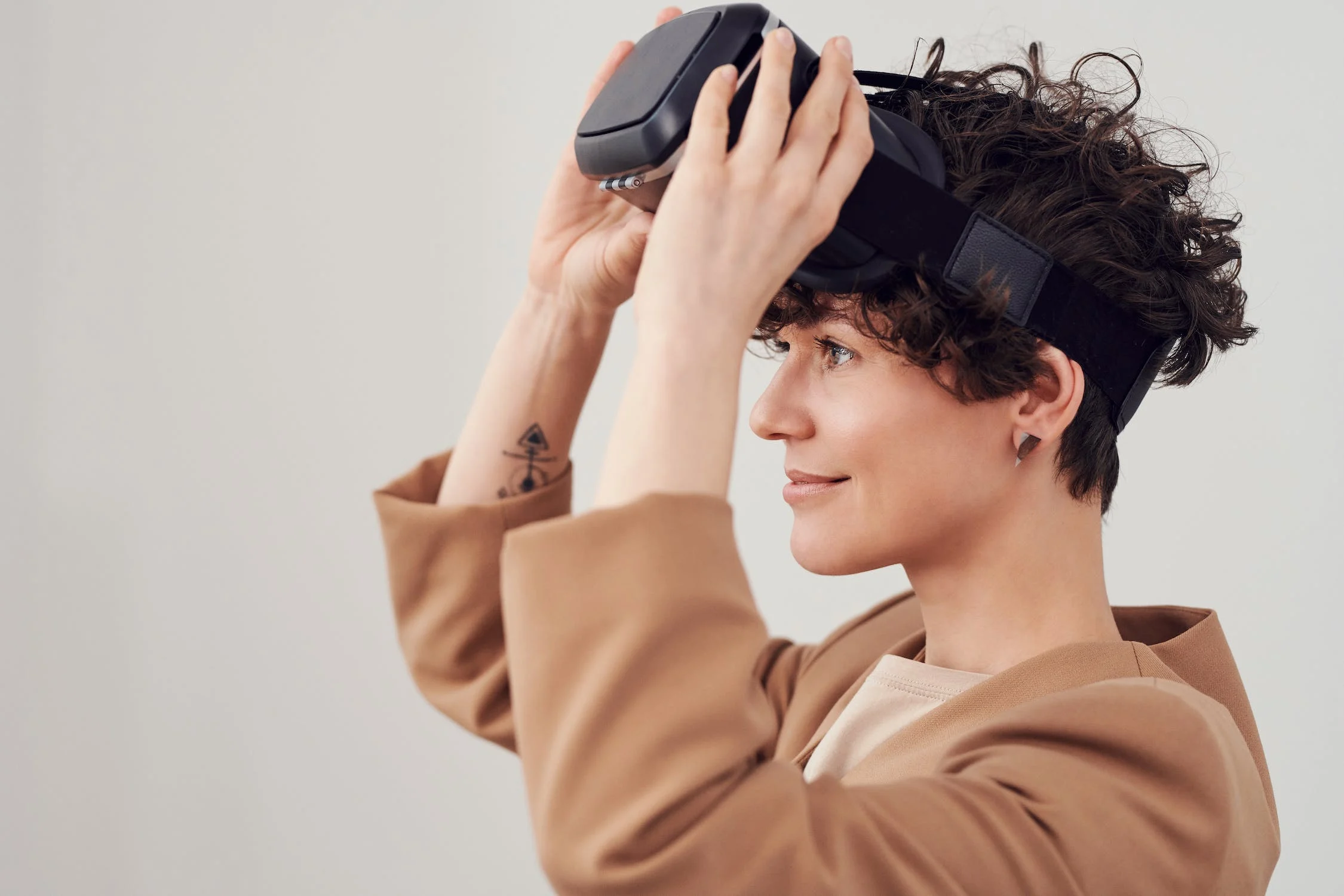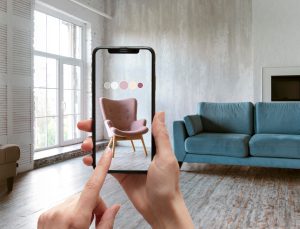
Palo Alto, renowned for its cutting-edge technology and innovative spirit, is witnessing a transformative change in architectural visualization, thanks to Virtual Reality (VR) technology. This leap into the future is not just altering the blueprint of architectural design but is also reshaping the experience of both professionals and clients in the realm of construction projects.
The Impact of VR on Architectural Visualization
Virtual Reality technology stands at the forefront of revolutionizing architectural visualization in Palo Alto. It provides architects, designers, and clients with a powerful tool to visualize future construction projects in a fully immersive 3D environment. This technology allows stakeholders to experience a project’s scale, design, and environmental impact before any physical work begins, bridging the gap between imagination and reality.
Enhanced Design Precision and Client Engagement
One of the paramount advantages of VR in architectural visualization is the enhanced precision it offers in design planning. Architects can create detailed and accurate models that reflect the true essence of their vision. Clients, on the other hand, gain a deeper understanding of the project, enabling them to provide more precise feedback. This synergy not only improves client satisfaction but also reduces the need for costly revisions during the construction phase.
Furthermore, VR technology fosters a more engaging and interactive experience for clients. Instead of relying on flat, two-dimensional drawings, clients can now step into a virtual representation of their future space, experiencing every aspect of the design firsthand. This immersive experience helps clients make more informed decisions regarding materials, colors, and spatial arrangements, ensuring that the final product aligns with their expectations.
Streamlining Collaboration and Decision-Making
VR technology also plays a critical role in streamlining collaboration among project stakeholders. By facilitating virtual meetings within the 3D space, team members can discuss design elements, identify potential issues, and make decisions in real-time, regardless of their physical location. This capability is particularly beneficial in Palo Alto’s fast-paced environment, where efficiency and time management are crucial.
Moreover, VR aids in the decision-making process by providing a realistic and tangible representation of the project. Stakeholders can evaluate different design options, simulate environmental conditions, and assess the functionality of the space, which significantly enhances the project’s planning and execution phases.
Promoting Sustainability Through Virtual Prototyping
Another significant impact of VR technology on Palo Alto’s architectural visualization is its contribution to sustainability. Virtual prototyping allows architects and clients to test and refine designs without the need for physical models, reducing waste and resource consumption. Additionally, VR simulations can help optimize energy efficiency and environmental compatibility, contributing to Palo Alto’s commitment to sustainable development.
Conclusion
The integration of Virtual Reality technology in architectural visualization represents a monumental shift in how future construction projects are conceived, designed, and presented in Palo Alto. By offering unprecedented precision, engagement, and efficiency, VR technology not only enhances the architectural design process but also promises to shape the future of the construction industry. As VR continues to evolve, its potential to further innovate and improve architectural visualization remains boundless, setting the stage for a new era of construction in Palo Alto and beyond.





